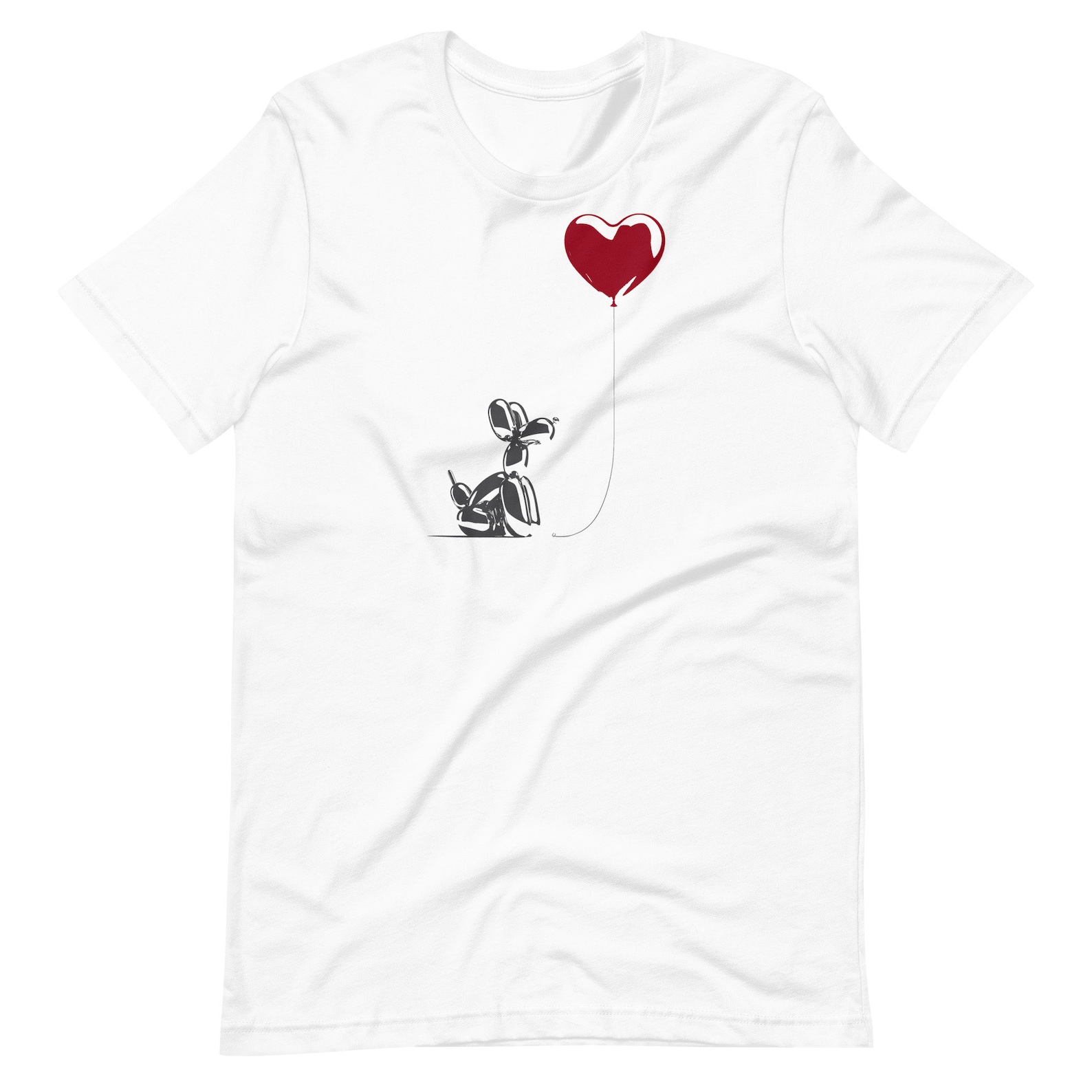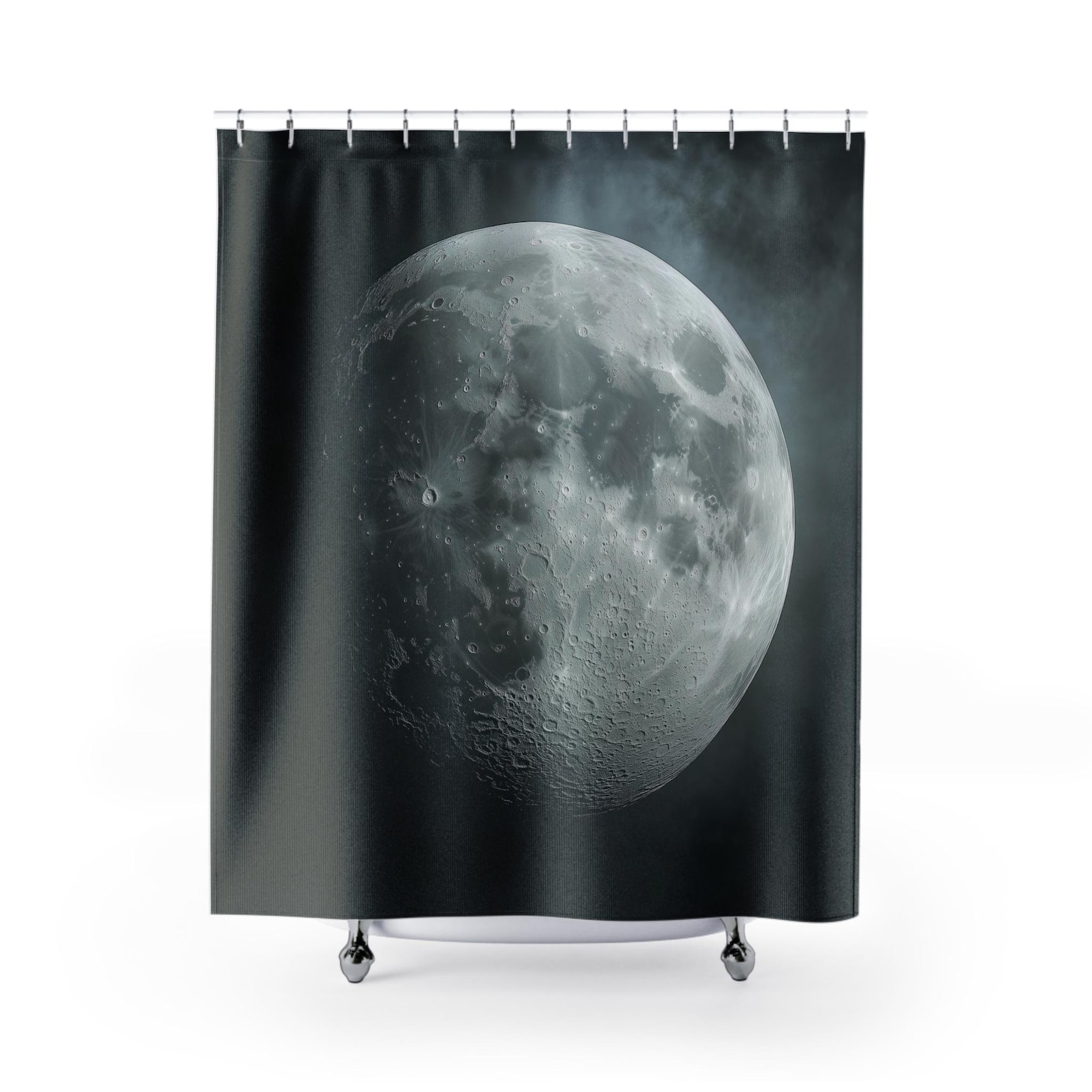Find Your Communication Style (Before Someone Else Sells You Theirs)
Practical notes on identifying, adapting, and refining your communication style—without losing your voice in the process.

Master your voice, adapt with intention, and stay clear without losing yourself.
Communication—so much rides on it. Let’s not overcomplicate it. Communication is how you show up. Not just what you say but how people get you. Your tone, timing, rhythm. Eye contact. The way you lean in or don’t. All of it.
Some people are natural storytellers. Others are great at asking questions. Some are concise and to the point—you either get them or you don’t. That’s valid.
The problem? We’ve been sold this idea that one communication style is the gold standard. Usually smooth, polished, a little too TED Talk. But if that’s not how you naturally show up, it will feel like cosplay. People notice when you’re cosplaying confidence.
You need to find your rhythm.
- Are you blunt but thoughtful?
- Do you use humor to disarm?
- Are you better in short bursts (text, bullets) or long form (voice, storytelling)?
Whatever it is, lean into it. Own it. Stop polishing off the edges that make you effective.
How to identify your style (beyond the questions)
Look at how people respond to you—not just what you think you’re putting out.
What do friends say about how you explain things?
When people trust you, is it because you’re calm, funny, intense, or straight-up no-BS?
What kind of communication drains you? What energizes you?
Record a few convos with people you trust. Play them back. Notice your patterns. Do you go quiet, then land a punchline? Do you talk with your hands? Are you full of side comments and tangents, but people still follow?
Your style isn’t just what you want to sound like. It’s what already works when you’re not overthinking.
Adapting your style to different audiences/situations
Your style is the base layer. But that doesn’t mean you copy/paste the same tone into every room.
Adapt without shapeshifting.
Talking to a client? You don’t have to lose your edge, but maybe rein in the sarcasm.
Talking to a crowd? Pause more. Anchor your main point.
Texting your friend? Let the chaos out.
Adaptation doesn’t mean being fake—it means being fluent.
If your tone can’t flex without falling apart, it’s not a style. It’s a costume.
The risk of over-leaning into a style
Here’s where it gets tricky. Once people find their style, they can grip it too hard.
It becomes a brand, not a voice.
A schtick. A box.
You start sounding the same in every conversation. Every post has the same rhythm. You get predictable. Maybe even a little boring.
That’s when your style stops working. It’s no longer communication—it’s performance.
Leave room to surprise yourself. Soften sometimes. Go sharp other times. Step outside the bit. That tension is where real connection happens.
You don’t have to be loud to be clear.
You don’t have to be soft to be kind.
You don’t need filler if your main point hits.
Let your writing feel like how you speak.
Let your speaking land like how you think.
Your voice isn’t a script. It’s a living thing. Keep it moving.












